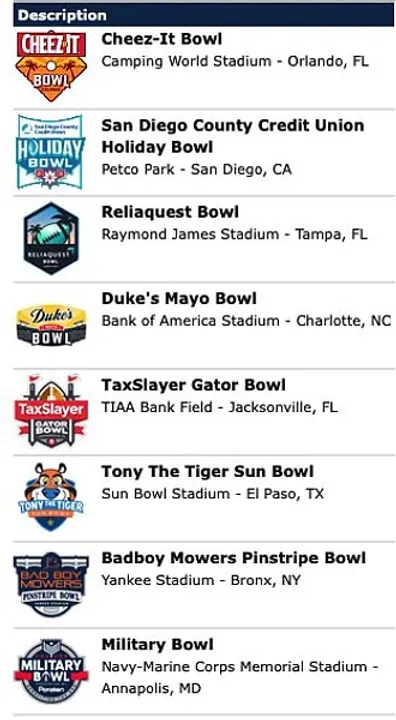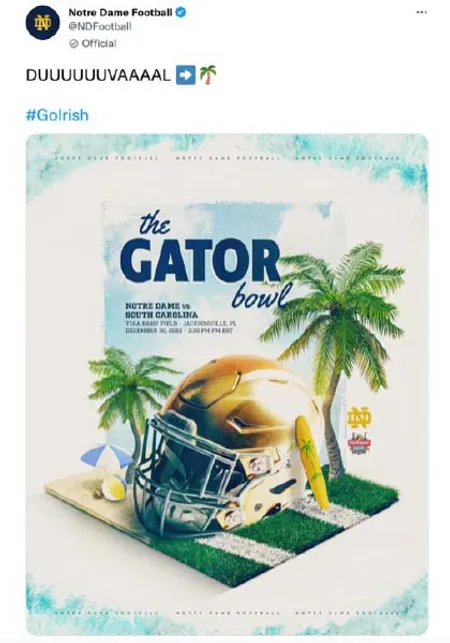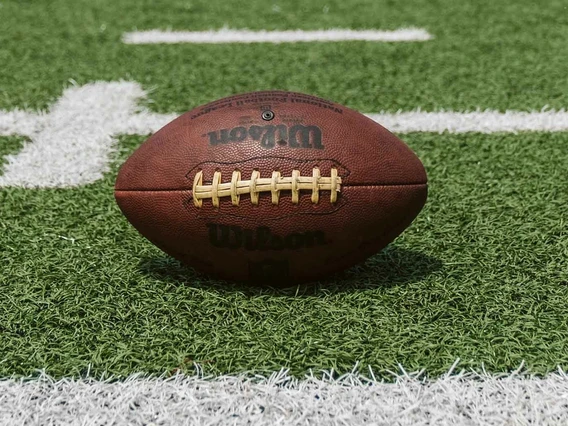This article originally appeared in The Customer
The college football bowl season promises an ever-growing slate of games with corporate logos on them, held in corporate-branded stadiums. We understand we’re in the marketing business, but we can’t help but shake our heads a bit when we see a list like this one Mary received a few weeks ago inviting her to bid on tickets for the bowls her beloved Fightin’ Irish might play in this year:

Our College Fandoms Serve our Need for Social Connection
Being a fan and supporting our team is a cherished way of connecting with others, sharing traditions, and feeling like we belong. As humans we are compelled to belong. We are born into situations of biological dependence and collective knowledge (our families). Our initial years are thus dominated by the drive to gain social acceptance and approval from our family, tribe, society, culture, etc. Here we cultivate our initial identity.
To many of us, our college or university is integral to the cultivation of that identity. This is true not just while we are actively students, but as alumni. Continuing to root for our team after graduating can help us to feel emotionally connected to key aspects of “who we are.” Likewise, following our team all season and seeing them make it to a bowl game can feel like a sacred ritual. Thus, marketers should tread carefully here. Disrupting sacrosanct aspects of people’s lives is a surefire way to get on their bad side.
Looking at that list of bowl names and stadiums again, the Military Bowl, held in the Navy – Marine Corps Memorial Stadium, is conspicuous for its lack of branding. This is likely not a coincidence. Military branch affiliation and veteran status are another deeply respected form of group belonging, one so sacred that most of us agree it should not be sullied by corporate branding.
Context Matters
By forcing advertising (via brand names and logos) into the title of the bowl game and / or the stadium, marketers are playing dangerously with the nature of the event’s context. Can you imagine if this happened at other sacred events in our lives, like funerals? What if “the funeral service for our beloved grandfather” became “the Farmers Life Insurance Grandpa Tribute Event”? We’d be simultaneously horrified and outraged at the imposition.
Typically, good ad work preserves the prime context of the events in which it appears. As we’ve written about here before regarding social media, ads work best when they catch us in a related, resonant mindset while going about our daily business. The peripheral nature of the ad-consumer interaction is important, as is the contextual relevance.
When a brand barges in and literally claims the name of the game, it challenges and overrides the attendees’ primary context mapping for the experience. When you as the brand declare upfront “we are going to be advertising to you throughout this event,” you alter the interaction. You make the ad-consumer relationship explicit and hyper salient, which often works against you. This affect is likely compounded when your brand feels completely afield of the primary contextual frame (in this case, college football). What do TaxSlayer or the San Diego County Credit Union have to do with football? They’re wildly misaligned.
So, what SHOULD brands do if they want to capitalize on all those eyeballs cheering on their teams this bowl season? There are plenty of alternative ways to advertise within this lucrative space that are less “context disruptive.” Think back to the funeral example. If we want to sell our life insurance at church, we shouldn’t want the priest wearing branded vestments replete with logos during his eulogy. We want our information tastefully printed at the bottom of the program. Farmers Life Insurance can be there, gently reminding us of the importance of being insured for moments just like this, but they can’t take over the context frame for the experience.
Advertising that’s more peripheral to the experience—happening around it, on the margins, during the breaks—and that feels at least loosely related is far less disruptive to our context mapping, and to the sanctity of our group bonding experience. No one really complains about Coca-Cola logos on their souvenir stadium cups, or the UA of the UnderArmour logo on the team jerseys. We understand the game doesn’t exist in a vacuum, and brands can have a role to play and even enhance the experience, without subverting it.
In that vein, Cheez-It could certainly pitch itself as a great snack to eat when watching the game. But that message is probably more effective via clever in-store displays while consumers are shopping for their bowl watch parties. BadBoy Mowers? Maybe a pre-game commercial about how their product helps maintain the field at the perfect height for kickoff (and can do the same for your lawn). TaxSlayer? They might think about ads during March Madness instead, to helpfully remind all the basketball fans it’s time to get their taxes filed.
Indeed, TaxSlayer is a good cautionary tale of how a brand that oversteps our social and contextual bounds can find itself put back in its place. The TaxSlayer Gator Bowl was in fact the game Notre Dame played in this year. Notice how Notre Dame Football’s official Twitter account chose to herald the team’s attendance (with an image that was then shared to the entire alumni fanbase via email). If you look closely, you can find TaxSlayer’s logo, subordinated to the primary subject: football in Florida.
Lesson: you can buy the naming rights, but you can’t make the fans like it.






